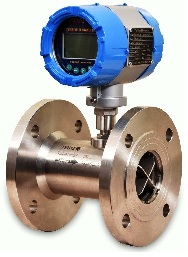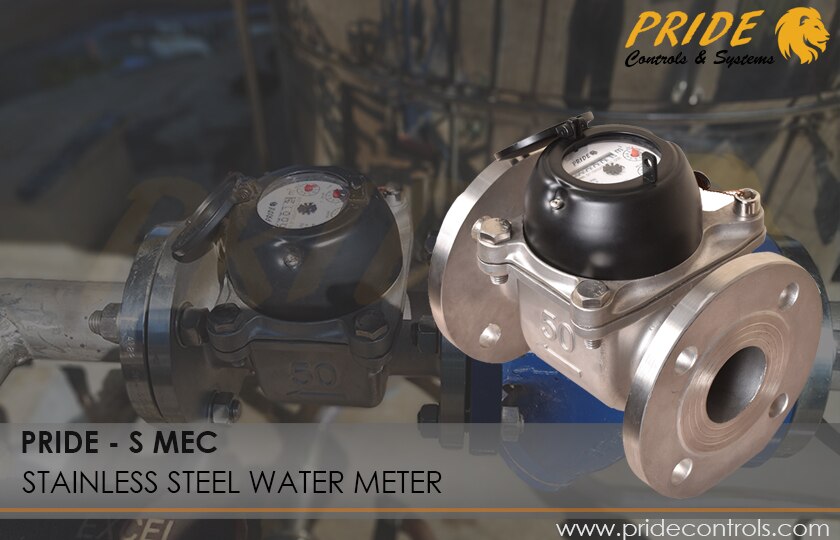valve
The Scotch yoke also known as slotted link mechanism is a reciprocating motion mechanism, converting the linear motion of a slider into rotational motion, or vice versa. The piston or other reciprocating part is directly coupled to a sliding yoke with a slot that engages a pin on the rotating part. The location of the piston versus time is simple harmonic motion, i.e., a sine wave having constant amplitude and constant frequency, given a constant rotational speed.
The Scotch yoke serves as an essential device in mechanical engineering, designed to convert linear motion into rotational motion or vice versa. This mechanism comprises a piston or a similar reciprocating component that is directly connected to a sliding yoke featuring a slotted opening. Within this slot, a pin from the rotating element is engaged, providing a fixed point of rotation.
As the rotating element turns, it allows the yoke to slide along the slot, which translates the linear movement of the piston into circular motion. This conversion process is crucial in various applications, including engines and mechanical linkages, where precise motion control is required.
Moreover, when the mechanism operates at a steady rotational speed, the position of the piston relative to time exhibits simple harmonic motion. This motion can be represented graphically as a sine wave, characterized by a constant amplitude and frequency. This predictable motion ensures reliability in systems where consistent performance is paramount. Understanding the dynamics of the Scotch yoke mechanism is fundamental for engineers designing systems that rely on efficient energy transfer and motion conversion.
Send Message









